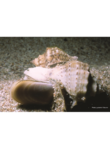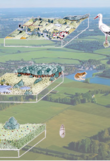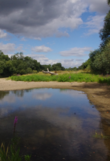Recently, the assessment of changes in marine ecosystems and their drivers is an issue of crucial importance on the lookout for sustainable natural systems and service delivery allowing for long-term ecosystem preservation. In marine systems, change may occur directly from human activities, indirectly from local or global activities (cascading effects) or from naturally varying processes. The proposed research topic intends to increase the available knowledge and improve the current understanding mechanisms and related threats for the Black Sea ecosystem state.
Due to increasing human activities and pressures, many initiatives were launched in an attempt to assess the status of marine waters in an integrative way, incorporating multiple metrics, indicators and ecosystem components within the ecosystem-based approach. In the case of Europe, Marine Strategy Framework Directive (MSFD) aims at achieving the Good Environmental Status for all regional seas through extensive monitoring and assessment of multiple qualitative descriptors ranging from biodiversity to noise. Its adoption provides a basis for comparing general environmental trends of the Black Sea marine environment.
We would like to encourage not only the Black Sea scientists but also researchers from other regions to contribute with their knowledge and experience in investigation of the Black Sea environmental issues with a focus on the current state, preservation and restoration of the ecosystem seen from different perspectives.
Keywords: Black Sea ecosystem, Good Environmental Status, indicators, pressures, MSFD, climate change
This Special Issue will comprise a selection of research papers contributing to the following topics:
- Biodiversity, ecosystem services, and restoration
- Ecological state and environmental impact assessment – Implementation of European Directives
- Long-term monitoring and ecosystem regime shifts
- Climate change and ecosystem response
- Pollution and environmental risks
- Hydromorphological quality and coastal ecosystem degradation
Submission deadline: 1 March 2024.
Recently, the assessment of changes in marine ecosystems and their drivers is an issue of crucial importance on the lookout for sustainable natural systems and service delivery allowing for long-term ecosystem preservation. In marine systems, change may occur directly from human activities, indirect ...


